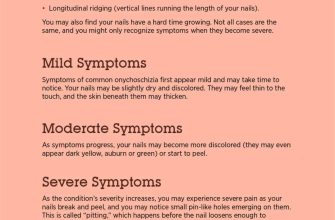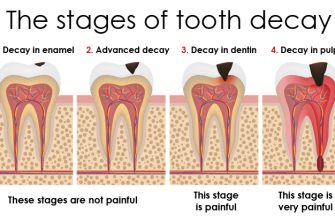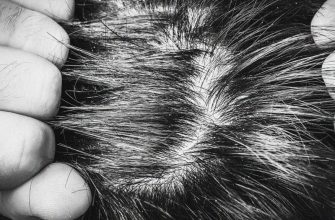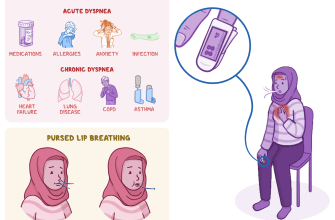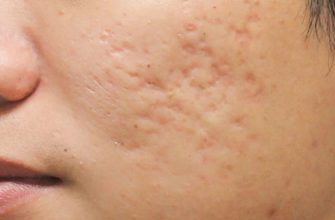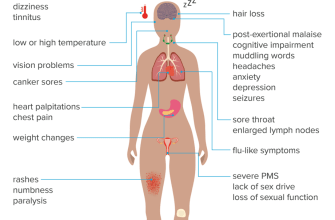Ear creases and pits are common ear abnormalities that can affect both children and adults. These ear deformities can vary in severity and appearance, but they often raise concerns about ear health and aesthetics. Understanding the causes of ear creases and pits and knowing how to treat them can help individuals address these ear conditions effectively.
Ear Anatomy and Abnormalities
Before delving into the causes and treatment of ear creases and pits, it is essential to have a basic understanding of ear anatomy. The ear is a complex organ consisting of three main parts: the outer ear, middle ear, and inner ear. The outer ear includes the visible part of the ear, known as the pinna, and the ear canal.
Ear abnormalities can occur during fetal development or as a result of genetic factors. These abnormalities can manifest in various ways, including ear creases and pits. Ear creases, also known as Darwin’s tubercle, are small, diagonal creases that appear on the outer ear. Ear pits, on the other hand, are small depressions or holes in the skin of the ear.
Causes of Ear Creases and Pits
The exact causes of ear creases and pits are not fully understood. However, several theories have been proposed to explain their occurrence. One theory suggests that ear creases and pits may be associated with changes in the connective tissue of the ear. Another theory suggests that these abnormalities may be linked to disruptions in the development of the ear during fetal growth.
While the exact causes remain uncertain, certain factors have been identified as potential contributors to the development of ear creases and pits. These factors include:
- Genetic predisposition: Some individuals may be more genetically prone to developing ear creases and pits.
- Aging: Ear creases and pits may become more prominent as a person ages.
- Obesity: Excess weight can put pressure on the ear, potentially leading to the formation of creases and pits.
- Ear trauma: Injuries to the ear, such as piercings or accidents, may contribute to the development of ear creases and pits.
Treatment Options for Ear Creases and Pits
While ear creases and pits may be a cause for concern, it is important to note that they are generally harmless and do not require treatment. However, if an individual is bothered by the appearance of these ear abnormalities, there are treatment options available.
Non-Surgical Treatments
Non-surgical treatments can help improve the appearance of ear creases and pits. These treatments include:
- Topical creams: Certain creams and ointments may help reduce the visibility of ear creases and pits.
- Fillers: Injectable fillers can be used to fill in the depressions caused by ear pits, creating a smoother appearance.
- Microdermabrasion: This procedure involves gently exfoliating the skin to reduce the appearance of creases and pits.
Surgical Options
In some cases, surgical intervention may be necessary to address severe ear creases and pits. Surgical options include:
- Otoplasty: This procedure aims to reshape the ear and correct any deformities, including creases and pits.
- Earlobe reconstruction: If the earlobe is affected by creases or pits, reconstructive surgery can restore its appearance.
It is important to consult with a qualified healthcare professional or plastic surgeon to determine the most suitable treatment option based on individual circumstances.
Ear Health Tips
While ear creases and pits may not pose significant health risks, maintaining overall ear health is essential. Here are some tips to promote ear health:
- Keep ears clean: Gently clean the outer ear with a washcloth, avoiding the use of cotton swabs, which can push wax deeper into the ear canal.
- Protect ears from loud noises: Wear ear protection, such as earplugs or earmuffs, in noisy environments to prevent damage to the ears.
- Avoid inserting foreign objects: Do not insert objects, such as cotton swabs or hairpins, into the ear canal, as this can cause injury or push wax further into the ear.
- Seek medical attention for ear infections: If experiencing symptoms of an ear infection, such as pain, discharge, or hearing loss, seek prompt medical attention.
By following these ear health tips, individuals can maintain optimal ear health and reduce the risk of developing ear conditions or abnormalities.
Conclusion
Ear creases and pits are common ear abnormalities that can cause concern for individuals. While the exact causes of these ear deformities are not fully understood, genetic factors, aging, obesity, and ear trauma may contribute to their development. Treatment options for ear creases and pits include non-surgical treatments, such as topical creams and fillers, as well as surgical interventions like otoplasty and earlobe reconstruction. However, it is important to remember that these abnormalities are generally harmless and do not require treatment. Maintaining overall ear health through proper hygiene and protection is crucial for preventing ear conditions and promoting well-being.


